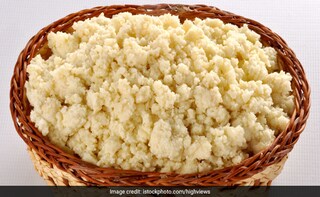Most Indians across the globe are all set to celebrate Diwali tomorrow. The festival of lights is incomplete without the quintessential sweets and savouries and you may agree, we all are guilty of stuffing ourselves with these yummy delights. Now that festivity is on its peak, meeting and greeting friends and family becomes one of the important rituals during the week-long festival. Most of the sweets consumed during Diwali normally have khoya present in it. Khoya is made with milk thickened by cooking it over low heat for hours. It's commonly used for making a wide variety of Indian sweets or mithai. However, nowadays, when the demand of khoya is on the rise, some vendors, in order to meet these demands, may indulge in adulterating the dairy product by using harmful chemicals.
Here are two time tested ways to find out if the khoya or mawa is adulterated or not.1. According to the Food Safety and Standards Authority of India (FSSAI), if one needs to find out the presence of starch in khoya, all you need to is to disperse a certain quantity of sample in hot water and treat it with simple iodine solution. If the colour of the khoya changes to blue, it will confirm the presence of starch in it. You can also use mawa testing kits that are available in the markets these days.
Advertisement
Advertisement
For the latest food news, health tips and recipes, like us on Facebook or follow us on Twitter and YouTube.
Advertisement
